Guerrilla Marketing, named after the surprise tactics synonymous with guerrilla warfare, is an innovative advertising strategy designed to catch its target audience off guard. This unconventional approach aims to create a significant impact using unconventional methods that stir surprise, wonder, or even shock.
The key to its success lies in its ability to generate buzz and publicity, making it a truly game-changing marketing approach. By leveraging consumer participation, creativity, and imagination, Guerrilla Marketing can be a cost-effective way to make your brand stand out.
Table of Contents
What is Guerrilla Marketing?
Guerrilla marketing is a low-cost, high-impact marketing strategy involving unconventional product or service promotion tactics. It can generate buzz and interest in a new product or business or increase sales of an existing product.
Some common guerrilla marketing tactics include holding impromptu street events, distributing free samples, and using Guerrilla-style advertising (such as graffiti or street art). Guerrilla marketing is all about being creative and thinking outside the box.
Guerrilla marketing can be an effective way to reach consumers who are bombarded with traditional marketing and advertising messages every day. By using unconventional tactics, businesses can grab attention and create a lasting impression. Guerrilla marketing is not for every business, but it can be a powerful tool for businesses willing to think outside the box.
Definition
Guerrilla marketing is defined as unconventional methods that use low-cost, creative marketing to surprise and delight customers and generate maximum exposure for a product or service.
Guerrilla marketing tactics, such as street performances and flash mobs, viral videos, and social media platforms, are often used in grassroots marketing campaigns.
Guerrilla marketing is about thinking outside the box and using creative methods to get attention. A good guerrilla marketing strategy can help a business stand out, build brand awareness, and generate leads.
KEY TAKEAWAYS
- Guerrilla marketing involves using clever, nontraditional marketing techniques to raise brand recognition or speed up business sales.
- These methods mostly rely on personal meetings with customers or viral social media posts. They are usually very cheap or even free.
- This marketing method has become more popular as mobile and digital tools have become more common. These tools can boost messages and target specific groups of people.
- Some buyers might be interested in guerrilla marketing because it is different and interesting.
- However, some people might not like surprise marketing or other methods too close to their personal space.
Understanding Guerrilla Marketing Campaigns
Guerrilla marketing is a marketing or advertising strategy that uses unconventional methods to promote products or services. Guerrilla campaigns are often designed to surprise the target audience and generate word-of-mouth buzz. Street marketing is one such example of guerrilla marketing. This involves promoting products or services in public places such as streets or parks.
Coca-Cola is one company that has used guerrilla marketing to great effect. In 2013, the marketing team of Coca-Cola decided on a social media campaign called the “Share a Coke” campaign. This involved giving away free cans of Coke with people’s names on them. The campaign was a huge success and generated a lot of positive word-of-mouth buzz for the company.
Some popular Guerrilla marketing types are Viral or buzz marketing, Ambient, Pop-up retail, Projection advertising, Stealth marketing strategy, Astroturfing, Wild posting, Ambush, and Grassroots. Everyone, from big businesses to small businesses to new startups, can use guerrilla marketing effectively.
Guerrilla Marketing History
Guerrilla marketing is a term that was first coined in Guerrilla Marketing by Jay Conrad Levinson, first published in 1984.
Guerrilla Marketing was inspired by the book Guerrilla Warfare by Che Guevara, which discusses using small military units to ambush and defeat larger enemy forces.
The famous American advertising expert Jay Conrad Levinson created guerrilla marketing in 1984. It marked the shift from traditional media like print, TV, and radio to digital and viral marketing tactics.
In his early professional years, Levinson worked at prestigious ad companies like Leo Burnett and JWT, where he helped lead creative campaigns like the Energizer Bunny and United’s Friendly Skies. Using what he had learned, he devised the idea and implemented guerrilla marketing, which uses unique, low-cost methods to get people talking in public places.
Types of Guerrilla Marketing Campaigns
Some of the guerrilla marketing types are
1. Outdoor Guerrilla Marketing: Marketing tactics are typically public, visible, and interactive. Common tactics include street art, wild posting, flash mobs, and Guerrilla projections.
Outdoor guerrilla marketing involves placing ads or other items that stand out in unique places outside, usually where many people walk by. For example, you could turn a city bench into a big Kit-Kat bar or surprise people in city streets with big inflatable animals to promote a zoo.
Example: The Shadow Bench Campaign
Imagine walking through the busy streets of New York during a big arts festival and coming across benches that make strange shadows that look exactly like people from history. This was the main idea behind a campaign to promote a nearby museum—a smart way to catch the attention of people looking for a break while teaching them about the museum’s displays.
Takeaway: The effectiveness of such a strategy lies in its ability to blend creativity with simplicity, making a lasting impression without causing harm or requiring massive budgets. Businesses get memorable publicity when they interact with people in unexpected places. They often get more exposure through social media and word of mouth without paying for traditional advertising.
2. Indoor Guerrilla Marketing: Indoor guerrilla marketing tactics are typically less obtrusive than outdoor ones. Common indoor guerrilla marketing tactics include product placement, ambient, and viral marketing.
Indoor guerrilla marketing uses public places inside to get people excited. Art galleries, college buildings, and subway stops can be used. For example, a company did something creative by setting up a dance event at a busy metro stop. This got much attention online, won praise, and made people more interested in their product.
Example: a pest control company’s “Invisible Hazards” campaign
This business rented ceiling space in a busy shopping mall to hang 3D models of bugs that are almost impossible to see. As customers looked up, what initially seemed like normal shadows quickly turned out to be common home pests. This added an unexpected and interesting story about the risks of pest infestations to the customers.
Takeaway: This physical experience combined surprise with a clear, powerful message, turning an ordinary moment into a memorable brand interaction.
3. Event Ambush Guerrilla Marketing: Event ambush guerrilla marketing is a tactic where businesses set up shops near or within high-traffic events, such as concerts, sporting events, and festivals. Businesses often give away free samples or offer special deals to event attendees.
Ambush guerrilla marketing is a sneaky way to get people to buy something. It’s often done at shows or in competitor promotions. The goal is to surprise the viewers, usually by happening when they least expect it.
Coca-Cola vs. Pepsi as an example
Let’s pretend that it’s 2015, and Coca-Cola is starting a billboard campaign to get people to buy more during the holidays by telling them to quench their thirst with Coca-Cola. “Aren’t you thirsty yet?” is a question that stands out on the sign. When Pepsi saw this chance, they rented the sign right next to Coca-Cola’s and put up a message that said, “Quench it the right way,” telling people to choose Pepsi instead.
Takeaway: To make your business more visible on social media, use humor, surprise, and smart hashtag placement to keep your audience interested.
4. Experiential Guerrilla Marketing: Experiential guerilla marketing is a tactic that involves creating an immersive experience for consumers. Businesses often create pop-up shops or temporary installations to give consumers a taste of what they can expect from the product or service.
With experiential guerrilla marketing, ordinary places like streets, malls, or events are transformed into places where people can connect with brands directly. As part of this strategy, you could give away product samples, create brand-themed experiences, or even turn everyday objects into interactive installations. One famous example is when a company changed the steps on public transportation to make musical sounds. This made 66% more people want to use the stairs, showing how powerful enjoyable experiences can be.
This is Nike’s “Run the City” Maze.
Nike put up a big city trap right in the middle of New York City. People went through the maze, which was made to feel like a runner’s high, with checkpoints and surprises like live acts and product shows. Not only did this trip get people moving, but it also made them think of the Nike brand, especially its running gear.
Takeaway: The main idea is that Nike is known for motivating players and encouraging them to keep going. Through the “Run the City” maze, Nike got people in cities to accept movement and adventure, strengthening brand connections through memorable experiences.
5. Ambient Marketing: Ambient marketing is Guerrilla marketing that uses everyday objects and surroundings to create an advertising message. Common ambient marketing tactics include using street furniture, such as benches and rubbish bins, to display advertising messages.
In contrast to traditional, overt forms of advertising, ambient guerrilla marketing blends in with its settings, making it less noticeable. This method, like using artistically designed outdoor art instead of a typical bus bench ad, relies on subtlety to catch people’s attention without being too much. This method can bring in customers by giving them a unique and memorable experience with the brand. It also avoids the negative reactions that more overt advertising efforts might cause.
Example: Imagine walking through a city park and seeing what looks like a huge coffee cup fall on the ground. You see that it’s not a real spill but a carefully planned 3D piece of art. It has a sign that says, “Wake up with [Coffee Brand].” This art fits in with its surroundings and surprises and pleases people who walk by, giving them a memorable experience with the coffee brand without being an annoying ad.
6. Viral Marketing: Viral marketing is a Guerrilla marketing tactic that involves creating content to be shared and circulated online. Common viral marketing tactics include creating meme-able content, developing social media campaigns, influencer marketing, and creating viral videos.
Viral guerrilla marketing uses material that attracts attention and relies on personal and social networks. Instead of directly getting people excited, it relies on people’s willingness to share the word about a product or service. Encouraging word-of-mouth advertising helps businesses get seen naturally.
A nearby coffee shop starts a strange “Secret Menu” campaign. They put up mysterious signs around the shop and write secret messages on social media to get people to find and share unique drinks that aren’t on the menu. The buzz builds as customers try new things and share their discoveries online. This leads to natural conversations and excitement, with no advertising from the coffee shop.
Guerrilla Marketing Ideas
Some of the popular guerrilla marketing ideas are
1. Graffiti
Graffiti is a type of street art that can be used as a guerrilla marketing tactic. Guerrilla marketers will often use stencils or stickers to create their graffiti messages.
2. Undercover marketing
Undercover marketing, also known as buzz marketing or stealth marketing, is a guerrilla marketing tactic in which businesses disguise their marketing messages as something else. Common undercover marketing tactics include product placement, ambush marketing, and astroturfing.
3. Stencil graffiti
Stencil graffiti is Guerrilla Marketing that uses stencils to create repeating images or patterns. Guerrilla marketers will often use stencils to create their graffiti messages.
4. Stickers
Stickers are a type of Guerrilla Marketing that can be used to create repeating images or patterns. Guerrilla marketers often use stickers to decorate public spaces or promote their products or services.
5. Reverse graffiti
Reverse graffiti, also known as clean graffiti or grime writing, is a type of Guerrilla Marketing that involves cleaning dirt or grime off surfaces to create images or messages. Guerrilla marketers often use reverse graffiti to clean up public spaces while promoting their products or services.
6. Flash mobs
Flash mobs are Guerrilla Marketing types involving large groups of people converging in a public space to perform a coordinated activity. Guerrilla marketers will often use flash mobs to promote their products or services.
7. Publicity stunts
Publicity stunts are a type of Guerrilla Marketing that involves creating a spectacle to generate attention from the media. Guerrilla marketers will often use publicity stunts to promote their products or services.
10 Guerrilla Marketing Examples
1) Guerrilla Marketing for a cause by Greenpeace
Guerrilla marketing can be used to raise awareness for a cause.
In 2012, the nonprofit organization Greenpeace used guerrilla marketing to raise awareness of the dangers of oil drilling in the Arctic.
Greenpeace placed a life-sized polar bear in London to symbolize the threat that oil drilling poses to polar bear populations.
2) Nike
Nike, a multinational corporation that manufactures and markets athletic footwear, apparel, and equipment, has used guerrilla marketing to market its products.
Nike stole the Olympics with Michael Johnson’s shoes. It was the 1996 Summer Olympics in Atlanta. Nike had invested millions of dollars in signing the world’s fastest man, Michael Johnson, to wear its new line of running spikes.
The company also launched a massive global marketing campaign leading up to the games, positioning Johnson as the face of Nike’s Olympic efforts.
While Reebok was the official outfitter of the 1996 Summer Olympics, Nike’s Guerrilla Marketing campaign upstaged its rival and put Johnson and his gold medal-winning shoes on the map. The campaign was a masterclass in Guerrilla Marketing, and it ultimately helped Nike become the global powerhouse it is today.
3) Bounty’s Giant Popsicle
Bounty creatively showcased its product and effectiveness by placing large-scale “messes” across New York City. These included a massive overturned coffee cup and a melting popsicle, capturing attention and conveying Bounty’s solution without relying heavily on words.
The concept of “messes” was taken even further with the giant, melting popsicle stunt. The marketing team placed a high-sized replica of a Bounty-branded Popsicle in the middle of Union Square and watched as it quickly became covered in an army of ants.
Discover the primary issue your product or service addresses, then explore unique ways to communicate that message to the public, ideally without relying on verbal communication or direct mail.
4) The GRAMMYs Singing Posters
The GRAMMYS music awards show produced a video showcasing the Album Of The Year nominees. The video humorously portrayed what would occur if posters of the nominated artists suddenly burst into song.
The YouTube video featured a cast of street-side posters that came to life, each performing an excerpt from their nominated song. The campaign was funny, effectively engaged viewers and encouraged them to vote for their favorite artists.
Consider the ordinary things your audience encounters daily and transform them into something unexpected and interactive.
5) Colgate
Colgate has devised a clever idea of toothbrush-shaped wooden popsicle sticks to be inserted into ice cream bars. This innovative approach serves as a reminder to both children and adults about the significance of brushing their teeth regularly. It’s a creative way to promote the importance of oral hygiene, especially with Colgate products.
You should include aspects of your product in unexpected places. You may need to think outside the box when developing ideas, but this can often result in creative solutions that will be memorable and engaging for customers.
6) The Copenhagen Zoo
The Copenhagen Zoo decorates a local bus with a unique design that attracts attention throughout the city.
The zoo’s bus sports a large image of a python that wraps around the outside of the vehicle. This eye-catching design captures the attention of everyone who sees it and highlights a particular exhibit at the zoo.
By utilizing something as common as a bus, the Copenhagen Zoo gained an incredible amount of exposure in its local area without spending any money on advertising or promotional materials. This is a great example of how to use existing resources in an inventive way to gain attention for your product or service.
7) Duracell
Duracell strategically places its flashlight posters in well-lit areas, constantly reminding them of the unbeatable power that Duracell batteries provide.
These posters draw attention to the product and cleverly state the need for reliable power sources. By placing its advertisements in illuminated areas, Duracell can communicate its message to potential customers without spending money on advertising or promotion.
8) Beau Rivage Resort Casino
Beau Rivage Resort Casino cleverly utilizes airport baggage belts to engage waiting passengers. This innovative approach captures users’ attention and exemplifies effective audience targeting. The resort casino identifies a promising customer base by focusing on individuals who can afford to travel.
The baggage belt also reminds travelers of the resort casino’s luxurious amenities. The idea behind this Guerrilla marketing tactic is for passengers to associate their airport experience with Beau Rivage Resort Casino, thus driving more business to their establishment.
9) IKEA
Staircases are abundant worldwide, and clever guerrilla marketing strategies often use them to their advantage. This IKEA advertisement reminds us how IKEA furniture optimizes space in your home.
By allowing potential customers to envision their interior designs on this staircase, IKEA furthers its message of efficiency and affordability.
What makes this particular advertisement stand out is how it plays off the staircase’s existing features. Using a creative approach and displaying an image of an organized space at eye level, IKEA effectively engages passersby with its Guerrilla marketing strategy.
10) Discovery Channel
Discovery Channel raised awareness for the upcoming Shark Week by strategically placing these boards with shark bite marks on beaches. This Guerrilla marketing technique was particularly effective since it resonated with beach-goers’ fears of being bitten by a shark.
Apart from increasing the excitement and anticipation for Shark Week, this idea also gave potential viewers an insight into the content that would be featured in the show. It allowed them to connect to the channel’s brand voice, often about exploring the unknown and engaging with thrilling content.
This guerrilla marketing tactic raised awareness and left a lasting impression on viewers. It was an efficient and effective way to promote the show, drawing potential viewers’ attention.
Here is a video by Marketing91 on Guerrilla Marketing.
Pros and Cons of Guerrilla Marketing
Pros
- Generates awareness and excitement for a product or brand: Guerrilla marketing is a great way to generate awareness and excitement for a product or brand. By using techniques such as flash mobs and placing life-size replicas of products in public places, companies can create a buzz that will get people talking about their products.
- It’s cost-effective: Guerrilla marketing is often more cost-effective than traditional marketing techniques. This is because it doesn’t require a large advertising budget to execute.
- It’s flexible: Guerrilla marketing is flexible in that it can be adapted to any budget and location.
- It’s attention-grabbing: Guerrilla marketing is naturally attention-grabbing because it uses techniques designed to surprise and shock people.
- It can target specific audiences: Guerrilla marketing can target specific audiences. For example, a company might use Guerrilla Marketing to target young adults if it launches a new product for that demographic.
Cons
- It can be disruptive: Guerrilla marketing can be disruptive, especially if it is done in a busy public place. This can sometimes anger people and create negative publicity for a company.
- It can be dangerous: Guerrilla marketing can be dangerous, particularly if it involves stunts that could potentially harm people.
- It can be difficult to control: Guerrilla marketing can be difficult to control, particularly if it involves many people. This can sometimes lead to unexpected and undesirable outcomes.
- It’s not always effective: Guerrilla marketing is not always effective. Sometimes, people just don’t respond to it.
- It can be expensive: Guerrilla marketing can also be expensive in a few cases, particularly if it involves costly stunts or hiring professional performers.
Guerrilla Marketing Mistakes
1. Not having clear objectives
Before starting a Guerrilla Marketing campaign, it is pivotal to have specific objectives set; otherwise, the entire campaign could be fruitless.
2. Not doing your research
Guerrilla Marketing campaigns can be great for marketing to your target audience, but only if you take the time to do your research first. This way, you know that the campaign will be effective and not a waste of time or money.
3. Not having a budget
Marketing with little money? Guerrilla Marketing might be for you–but only if done correctly. Set a marketing budget before starting your guerilla marketing campaign; otherwise, it probably won’t work out well.
4. Being too creative
Guerrilla marketing is all about being creative. However, ensuring that your creativity does not come at the expense of effectiveness is important. Otherwise, the guerrilla campaign may fail to be successful.
5. Not measuring results
It is important to ensure that you measure the results of your Guerrilla Marketing campaign. Otherwise, you will need help to determine whether the campaign succeeded.
Is guerrilla marketing right for your brand?
To use guerrilla marketing for your business, you must be creative and plan. While guerrilla marketing can create buzz and memorable events, it takes some skill to do it right. Think about the following things to see if this creative way of advertising fits the needs of your brand:
- Do you have an original, fun idea that will attract the attention of your target group?
- Can your marketing idea fit in with the local society or environment without being offensive or making people feel bad?
- What does your effort do to get people to get involved? Does the experience make it clear that they are welcome to join?
- Think about how well your campaign fits with the personality of your brand. What is the main message you want to get across with this project?
- It’s important to ensure your marketing idea is legal and doesn’t cause extra trouble that could hurt your brand.
- Plan how you will keep track of and analyze the results of your effort. Having strong data will help you figure out how well you’re doing and guide your future work.
- Check to see if your idea has the natural potential to go viral. This is often a good sign that your guerrilla marketing strategy is working.
While guerrilla marketing may seem to work best for bigger brands with clear demographic goals, smaller brands can also use it to their advantage, especially at local events where they can feel their presence. You can use guerrilla marketing to get people talking about your brand without spending much money, regardless of your size or type of business. When you compare the possible risks to the possible benefits, it should become clearer that you want to use guerrilla marketing. This will set the stage for a campaign that could be very innovative.
Conclusion!
Guerrilla Marketing is a great way to get your business noticed without breaking the bank. It is all about being creative and thinking outside the box. Guerrilla Marketing has endless possibilities, so get out there and start brainstorming!
FAQs
Q. Is Guerrilla Marketing legal or illegal?
A. Guerrilla Marketing is not necessarily illegal; however, you should always check local laws and regulations before proceeding with any campaign. Additionally, it is important to respect the property of others when engaging in Guerrilla Marketing.
Q. What are some examples of Guerrilla Marketing?
A. Some examples of Guerrilla Marketing include street marketing campaigns, flash mobs, scavenger hunts, and unexpected events.
Q. How do I measure the success of my Guerrilla Marketing campaign?
A. You can measure the success of your Guerrilla Marketing campaign by tracking metrics such as website visits, social media engagement, sales conversions, and customer feedback. It is important to set measurable goals before launching a campaign and then track the results afterward to determine success.
Q. What Makes Guerrilla Marketing Campaigns Successful?
A. Successful Guerrilla Marketing campaigns are creative, timely, and target the right audience. Additionally, it is important to have a unique brand voice and measure the results of your campaign to ensure its success.
Q. Why is it called guerrilla marketing?
A. Guerrilla Marketing is called such because it utilizes unconventional tactics to promote a product or service, similar to guerrilla warfare. It is all about being creative and thinking outside the box to make an impression on your target audience. Guerrilla Marketing aims to create a lasting impact on people’s minds without spending too much money.
Q. Is guerrilla marketing right for you?
A. Guerrilla Marketing can be beneficial for companies that have a limited budget but want to make an impact on their target audience. It is important to weigh the pros and cons before deciding if it is right for you since it may not always deliver the desired results. Additionally, consider whether your company has the resources and time to create an effective campaign. Ultimately, if you have a product or service to promote and a creative idea to go with it, Guerrilla Marketing could be the right choice for you.
Q. What can I do to make my guerrilla marketing campaign stand out?
A. To create an effective Guerrilla Marketing campaign, consider creating something unique to get people talking. Additionally, it is important to have an engaging brand voice that resonates with your target audience and stands out from the competition. Additionally, measure the results of your campaign so that you know what tactics were successful and which ones need improvement.
Liked this post? Check out the complete series on Marketing
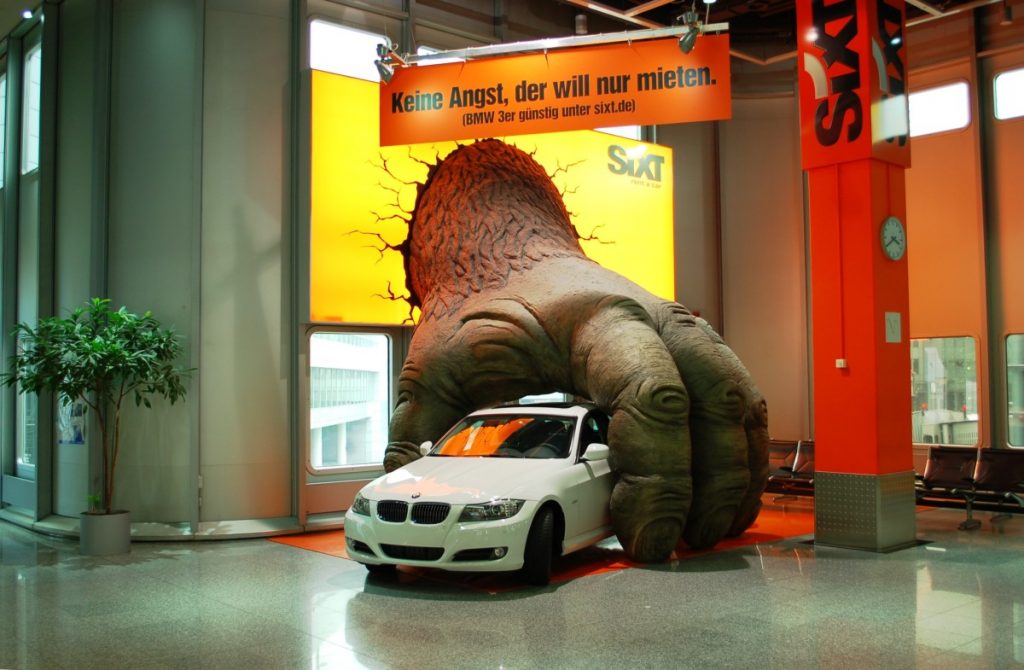

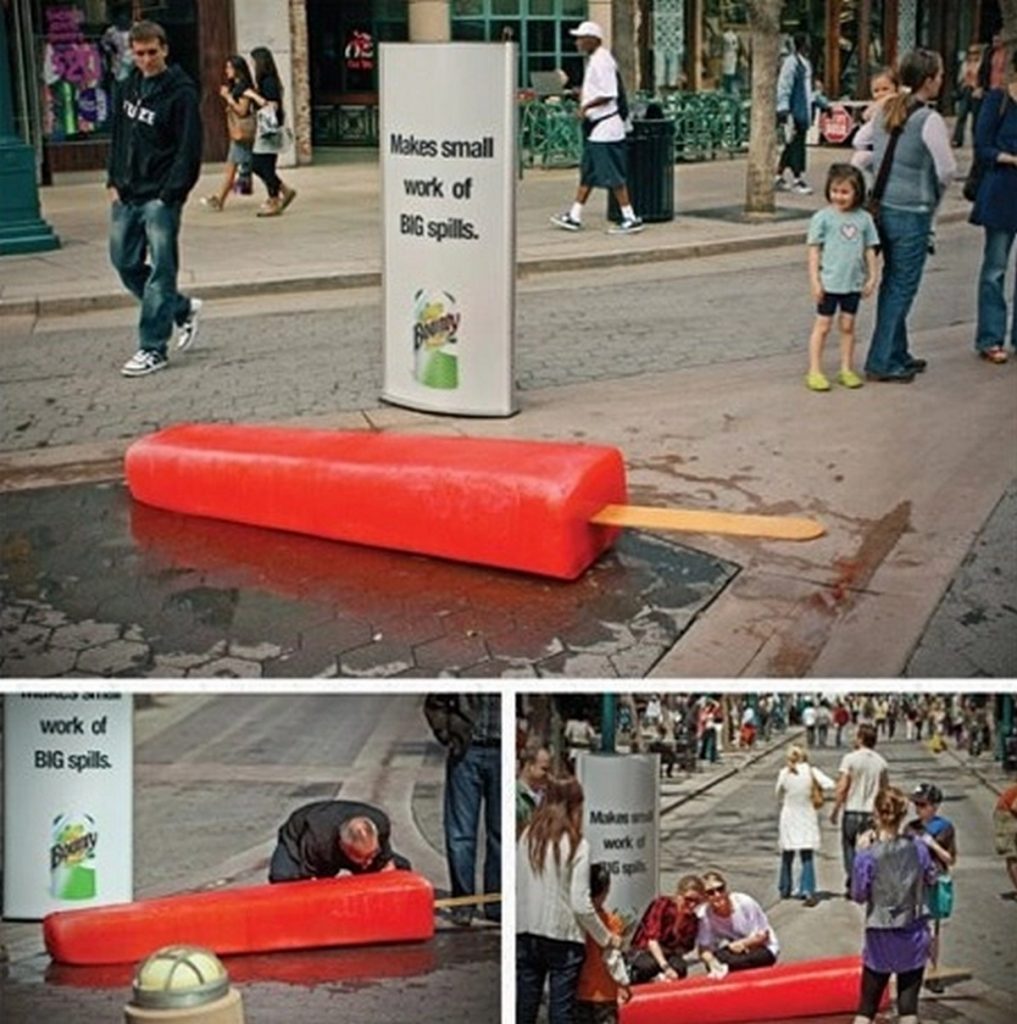
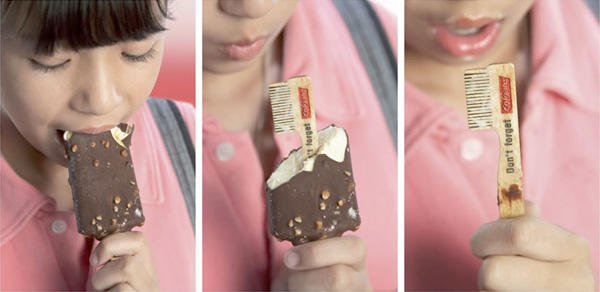
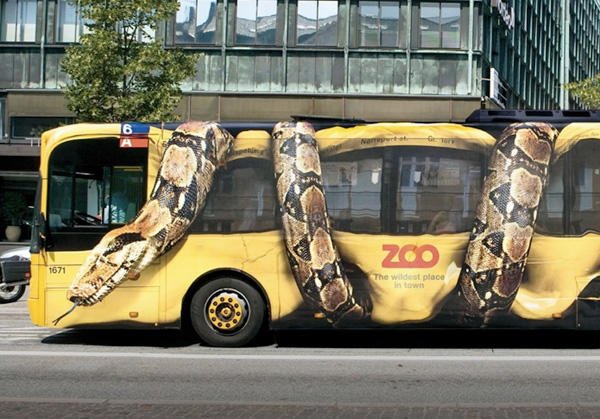
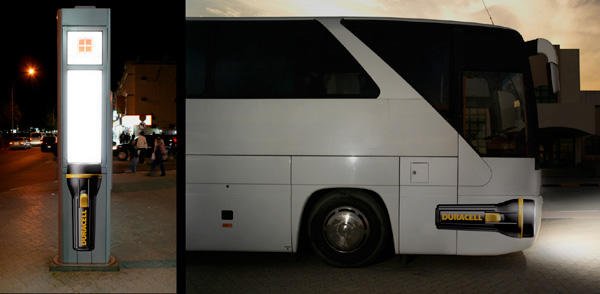
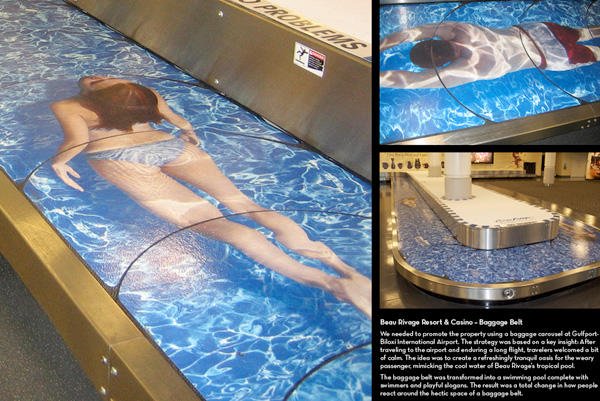
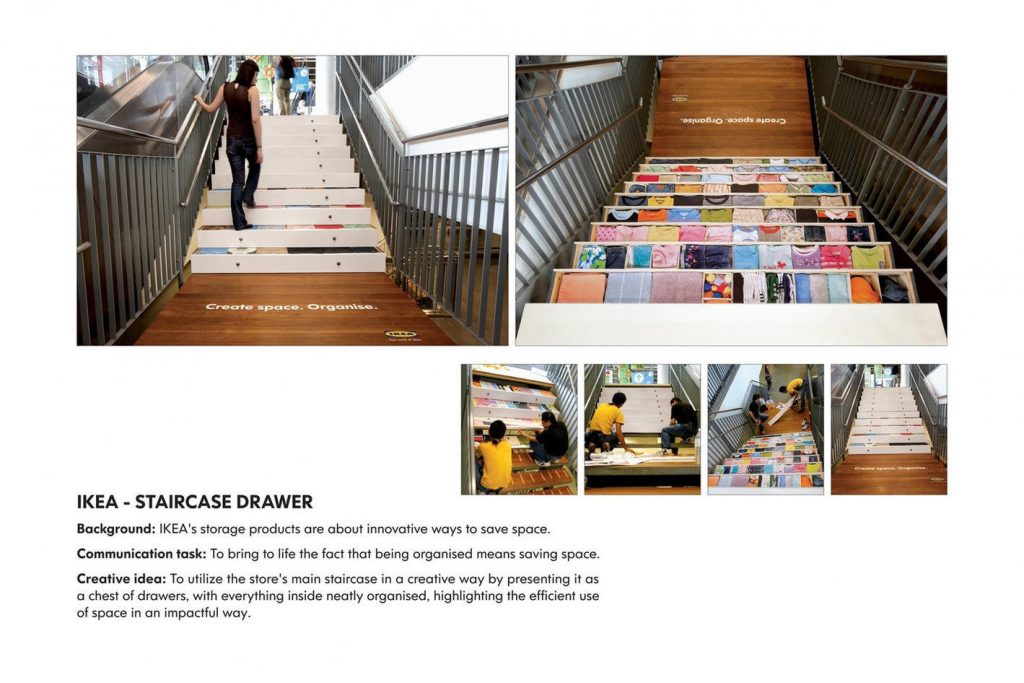
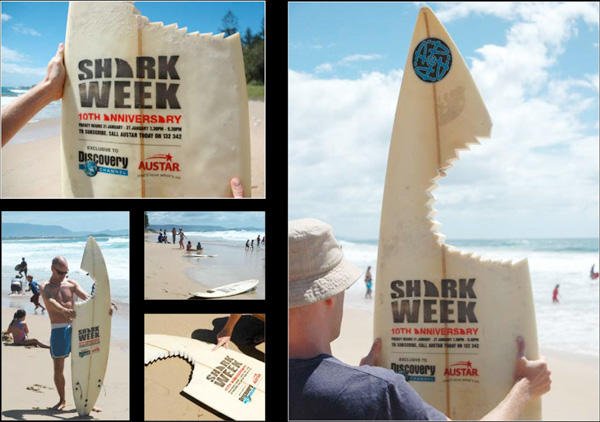


thanks for info